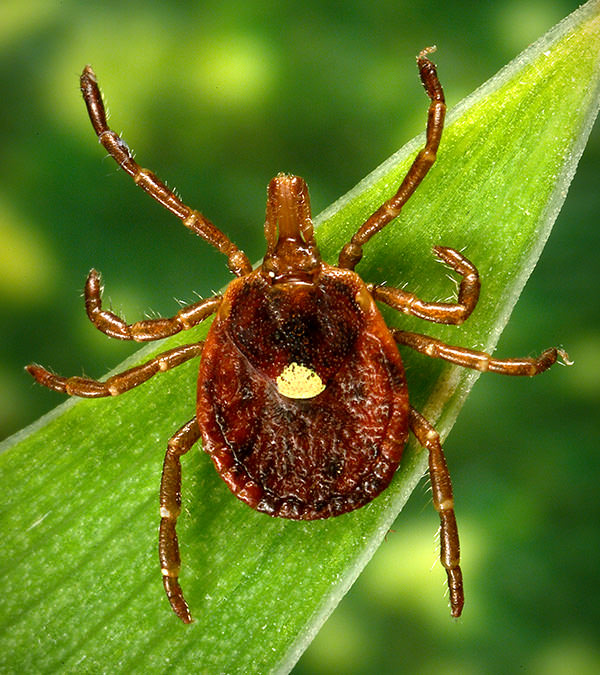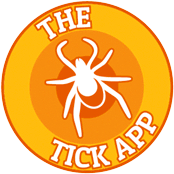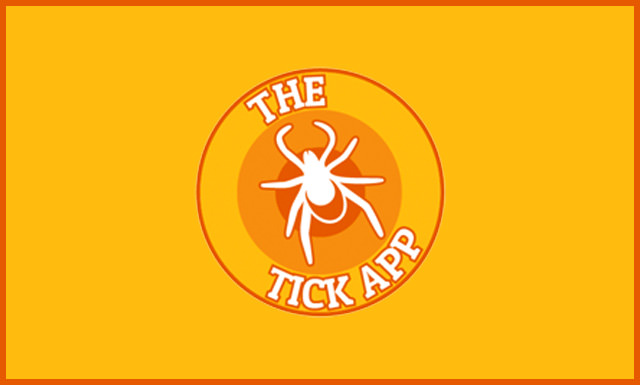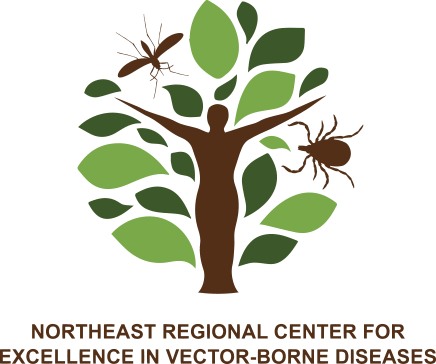Lone Star Tick Amblyomma americanum
Lone star ticks live across the southeastern, midwestern, and eastern United States. Lone star tick females are easily identified by a white spot on their scutum (resembles the Lone Star Flag) and can transmit several pathogens to humans.
Lone Star Tick Map / Habitat
Lone star ticks live across the southeastern, midwestern, and eastern United States. The lone star tick can be found as far west as Texas and southern parts of Iowa, Illinois, Indiana, Ohio and Pennsylvania. The northern range of the lone star tick extends to New Jersey, Rhode Island, New York, and recently to Connecticut and possibly Maine.
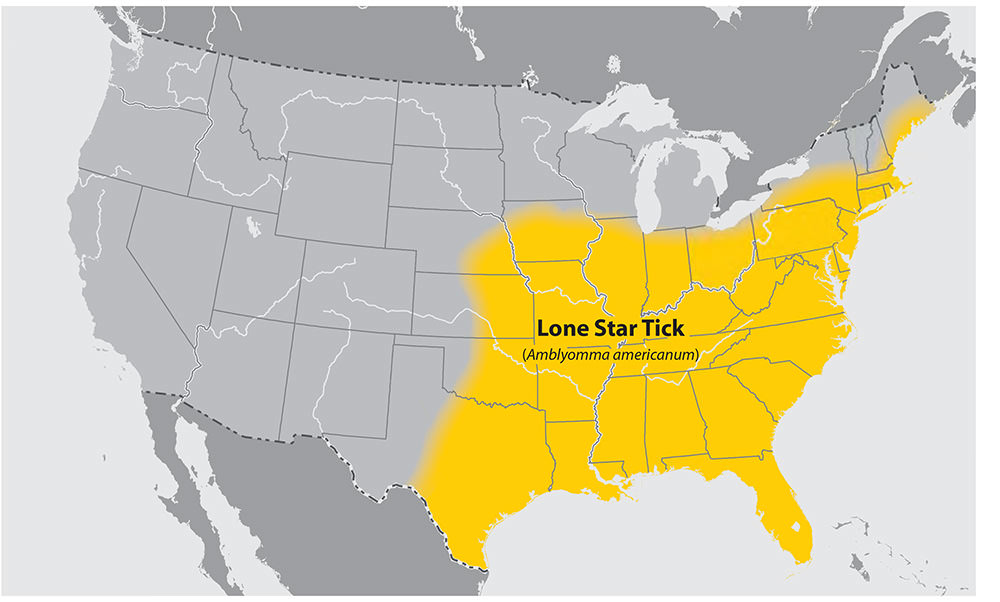
Visit the CDC website for the most up to date map.
Lone Star Tick Habitat:
These ticks live in wooded areas with thick underbrush, and along the edges of meadows and streams, where white-tailed deer are common. The following images are examples of where you might find lone star ticks:
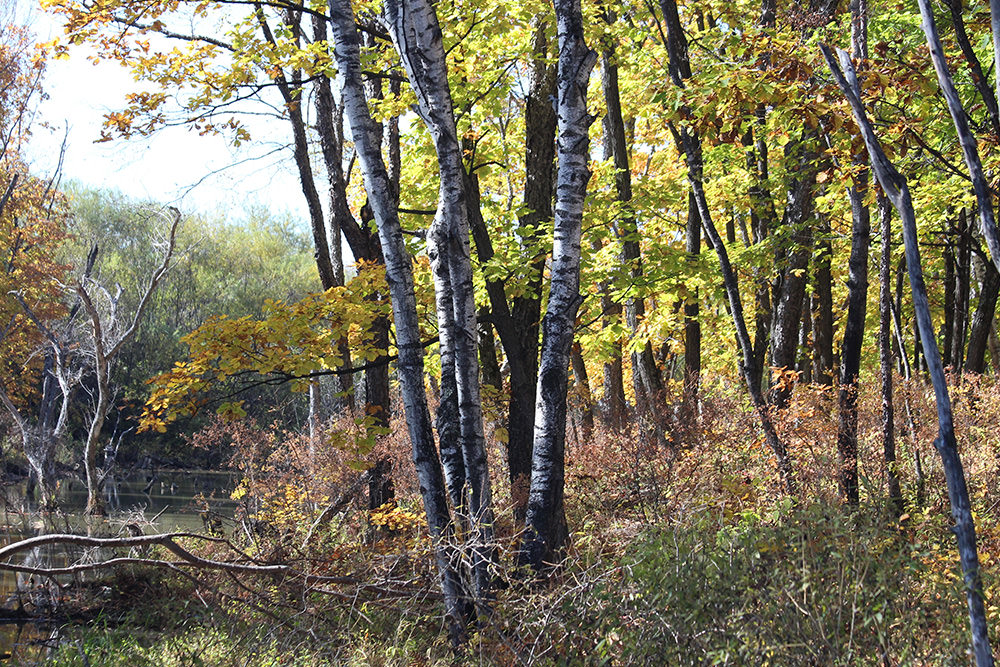

Diseases They Can Carry
Lone star ticks can carry and transmit several pathogens that make people and animals sick. Click on the links below to learn more about the diseases that can be spread through a bite from the lone star tick:
Biology and Feeding Habits
1.) Lone star ticks are a 3-host tick
- Lone star ticks have 3 life stages when they bite animals: larva, nymph, and adult. These ticks are considered a 3-host tick, meaning that one tick will feed from a different host at each of these three life stages.
- Lone star ticks feed for 4 to 10 days, depending on life stage.
- Visit TickEncounter.org to see more images of this tick at different life stages.
2.) All life stages are active in the summer months, typically most active from late May to late August in the Northeast.
- Populations of adult lone star ticks peak in May and July.
- Nymphs are common from May to August
- Larvae are typically active from July to September.
3.) Lone star ticks are aggressive biters and feed on a wide variety of hosts animals. The bite of the lone star tick can be painful due to their long mouthparts and can cause irritation once attached.
- Deer and other large- to medium-sized animals are hosts for the lone star ticks, including raccoon, skunk, rabbit, cattle, and humans.
- Larval ticks also feed on many species of ground-dwelling birds, like turkeys.
- On wild hosts, these ticks feed mostly in and on the ears and head.
References
- Stafford, Kirby C. Tick Management Handbook: An integrated guide for homeowners, pest control operators, and public health officials for the prevention of tick-associated disease. Revised Edition, 2007. The Connecticut Agricultural Experiment Station. Available at: portal.ct.gov/-/media/CAES/DOCUMENTS/Publications/Bulletins/b1010pdf.
- Stafford KC, Molaei G, Little EAH, Paddock CD, Karpathy SE, and AM Labonte. 2018. Distribution and Establishment of the Lone Star Tick in Connecticut and Implications for Range Expansion and Public Health. Journal of Medical Entomology. 55(6):1561-68. DOI: 10.1093/jme/tjy115.
- Maine Cooperative Extension: Tick Lab. Ticks of Maine Available at: extension.umaine.edu/ticks/maine-ticks/.
- Holderman, Christopher and Philip Kaufman. Featured Creatures: Lone star tick. Entomology and Nematology Department, University of Florida. Publication Number: EENY-580. Available at: www.entnemdept.ufl.edu/creatures/urban/medical/lone_star_tick.htm.
